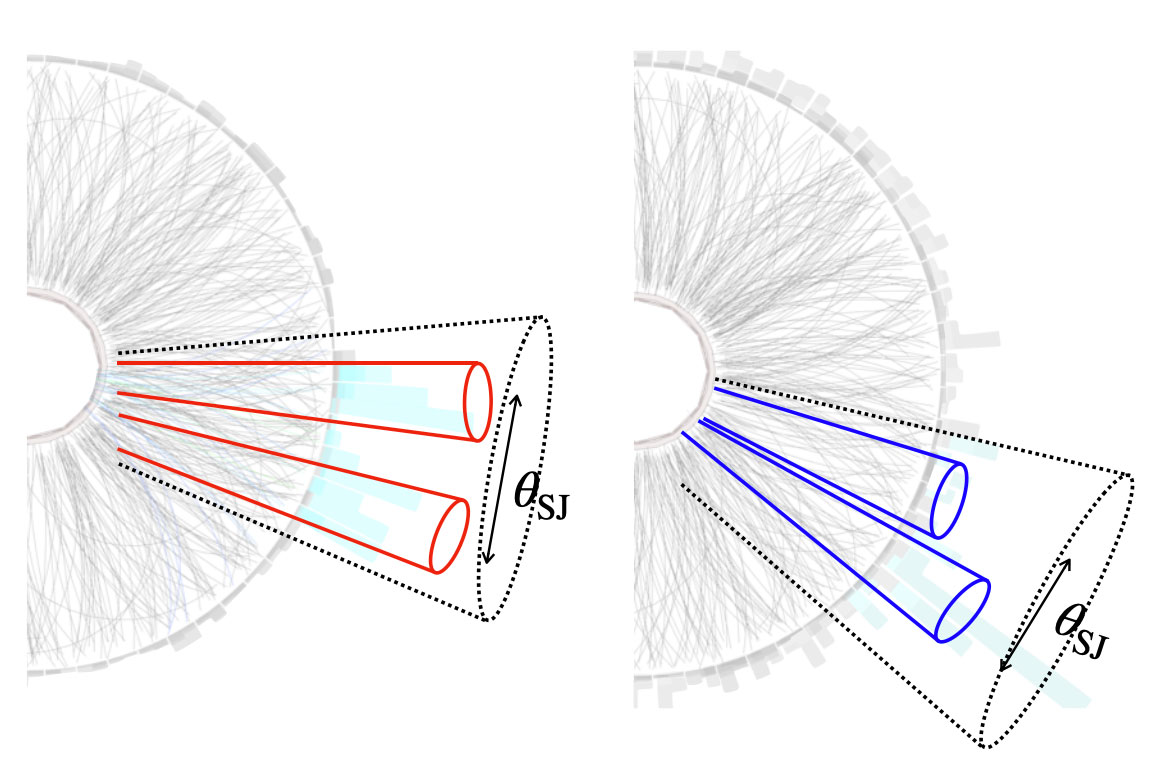
Tracking Jets in Hot Quark Soup Reveals a Mechanism of ‘Quenching’
The results may offer insight into the quark-gluon plasma—the hot mix of fundamental nuclear-matter building blocks that filled the early universe.

The results may offer insight into the quark-gluon plasma—the hot mix of fundamental nuclear-matter building blocks that filled the early universe.
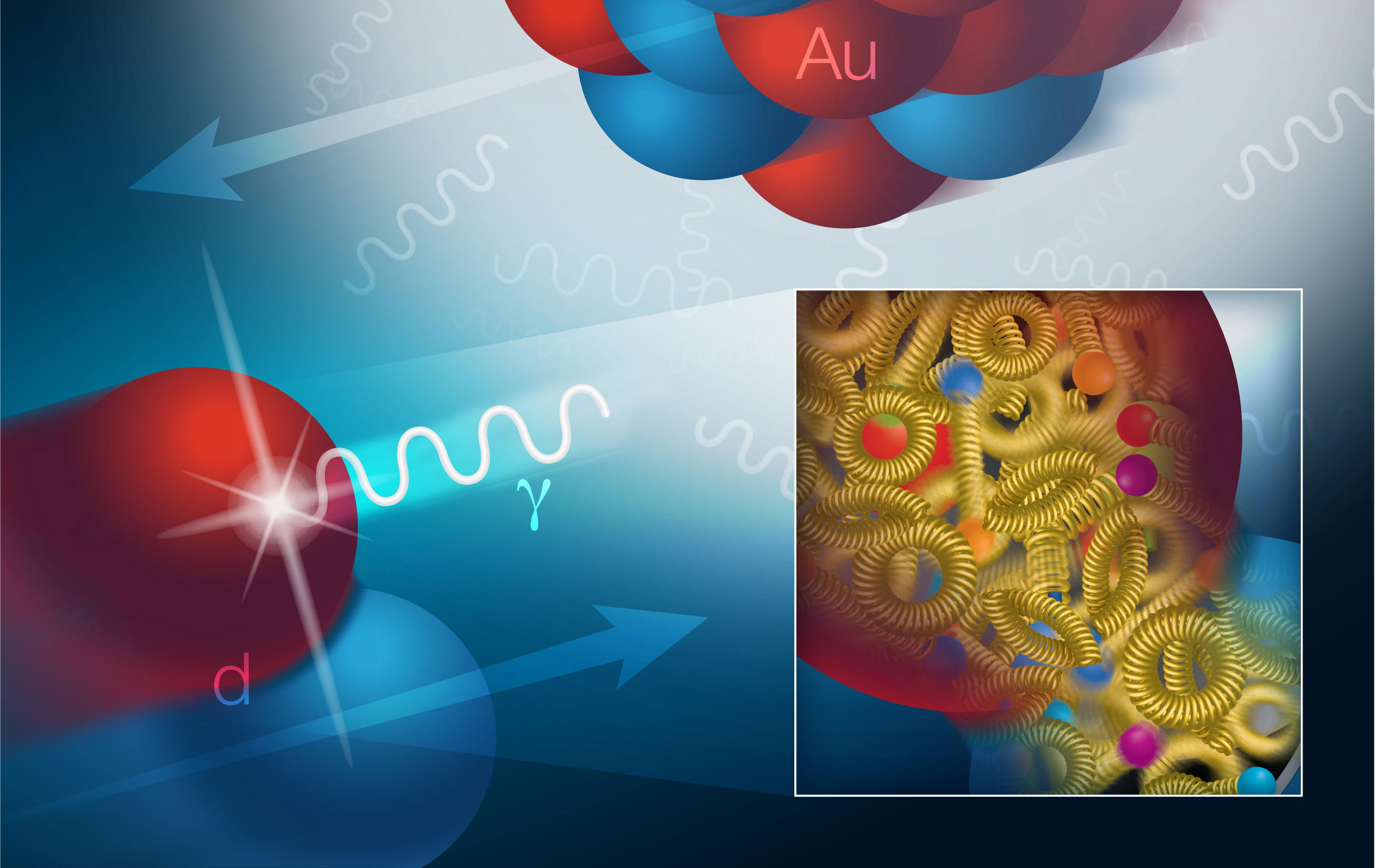
Photon-deuteron collisions offer insight into the gluons that bind the building blocks of matter—and what it takes to break protons and neutrons apart.
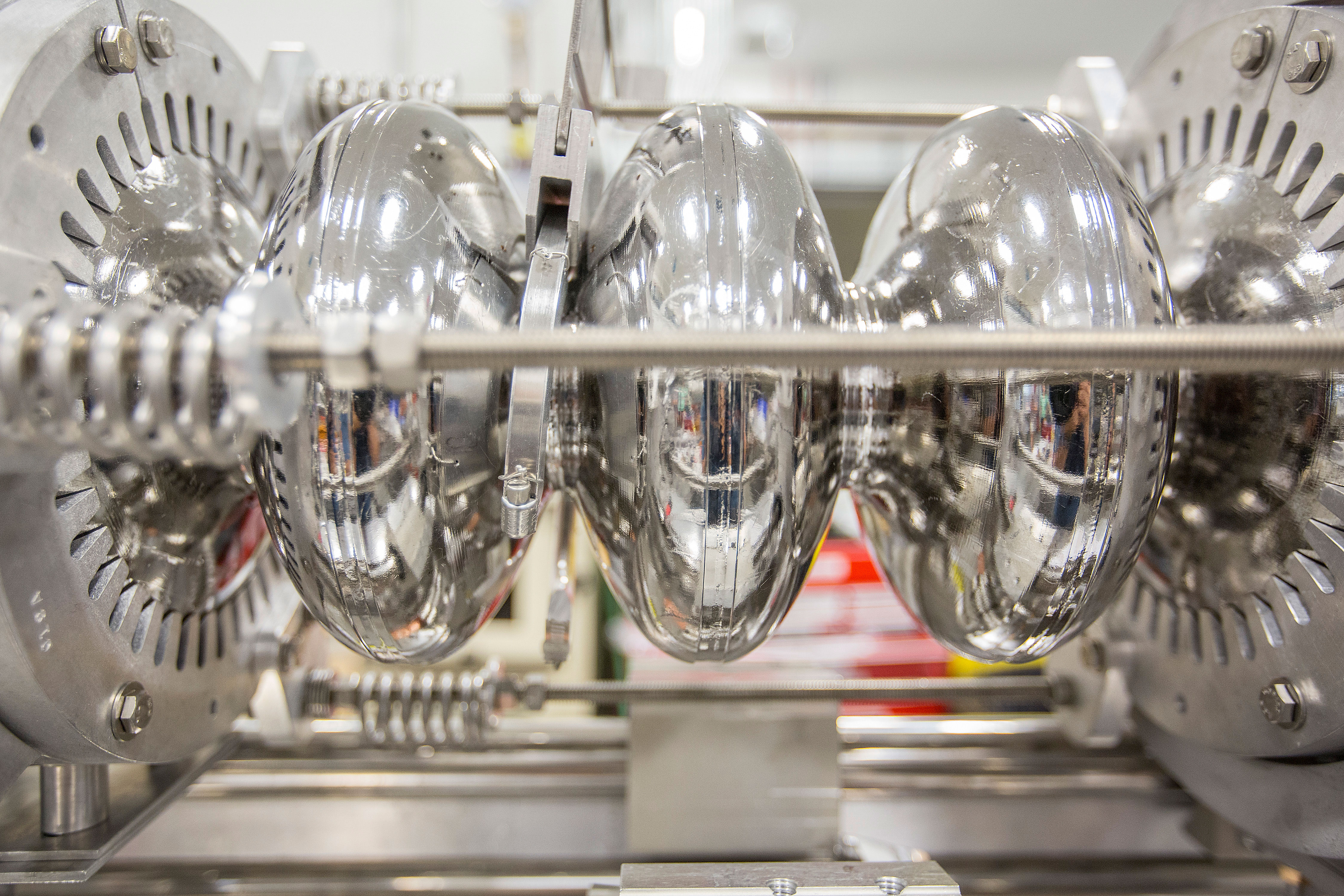
Adding a little oxygen to particle accelerator structures may make them more efficient and easier to build.
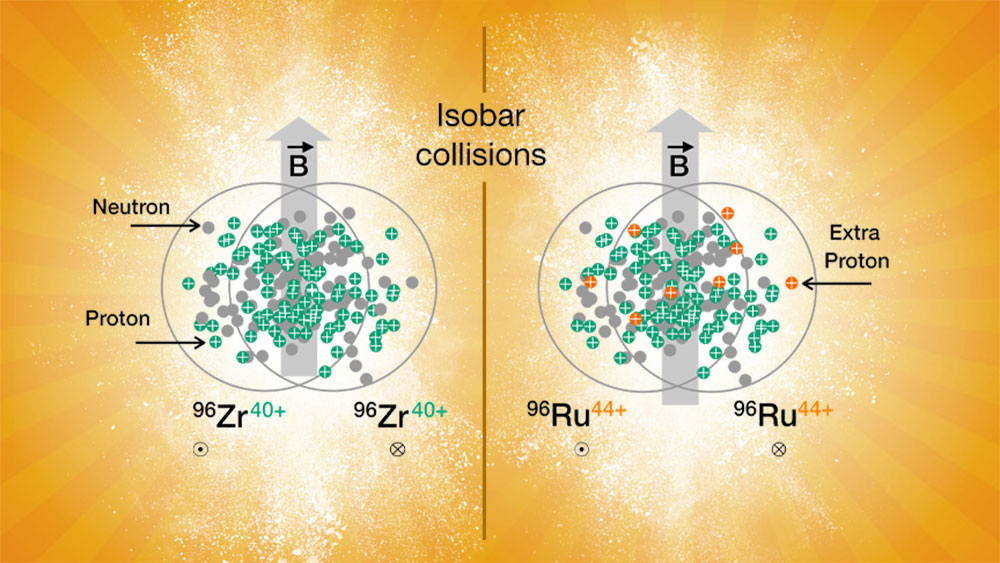
The search for “broken symmetry” may offer new insight into nuclear structure.

A recent measurement of the neutron-rich “skin” around lead nuclei reveals new details of neutron behavior and the dynamics of neutron stars

Nuclear theorists demonstrate a new method for computing the strengths of subatomic interactions that include up to three particles.
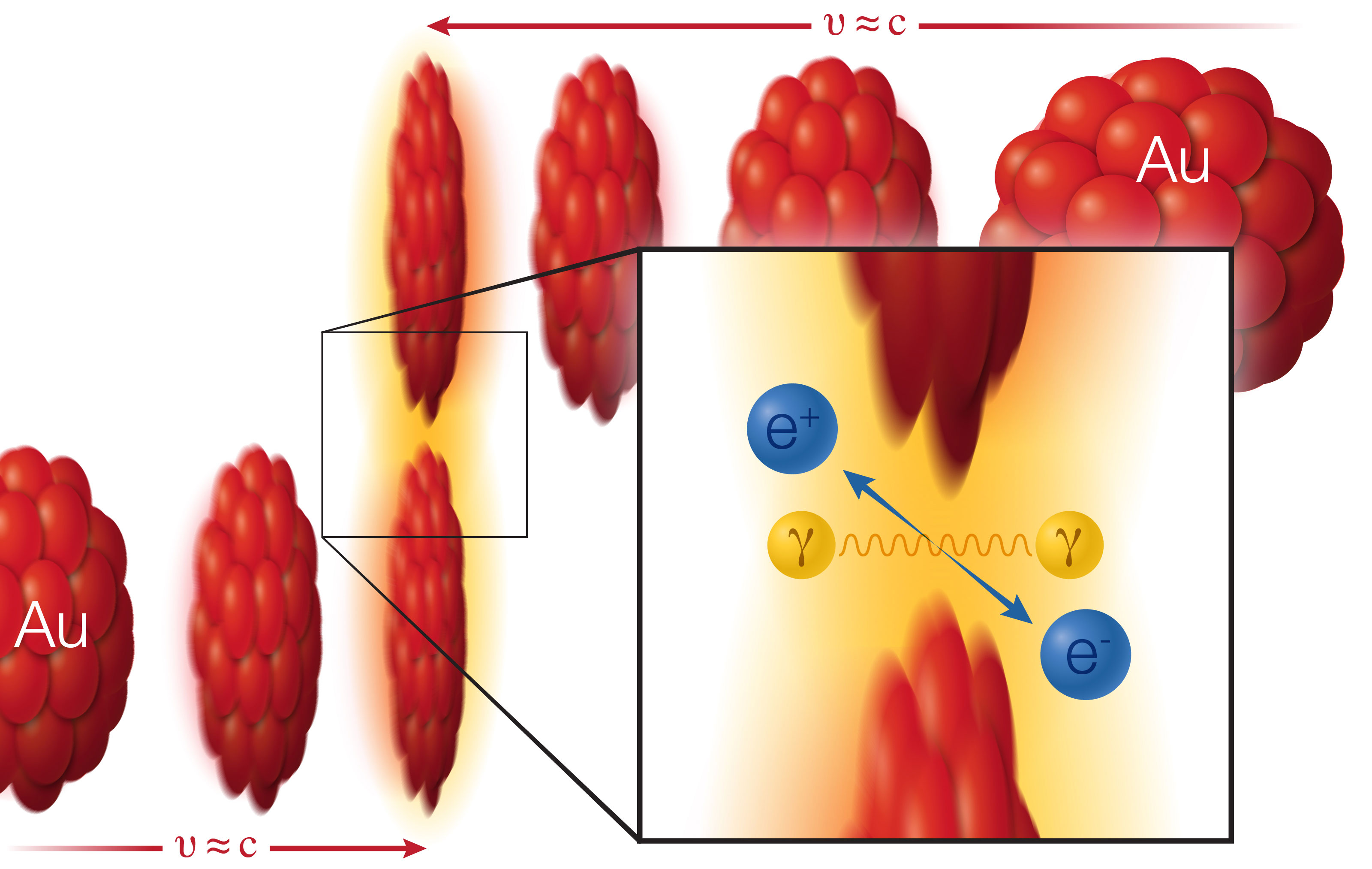
Scientists find strong evidence for the long-predicted Breit-Wheeler effect—generating matter and antimatter from collisions of real photons.
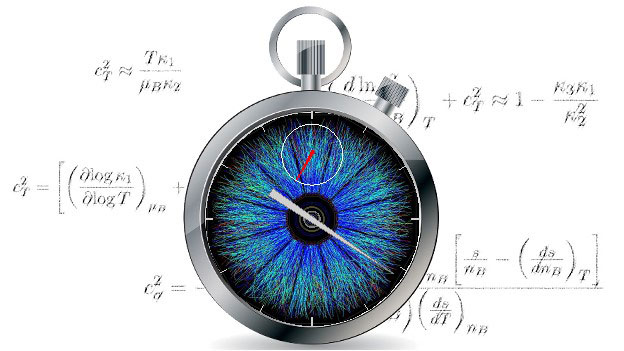
Nuclear scientists devise an indirect method of measuring the speed of sound in matter created in heavy-ion collisions.
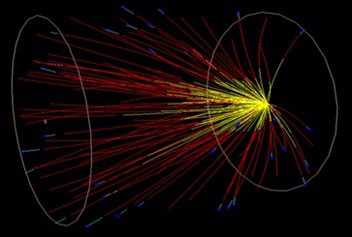
Measurements of particle “flow” and hot matter created in low-energy collisions provide key data in understanding nuclear phase transition.
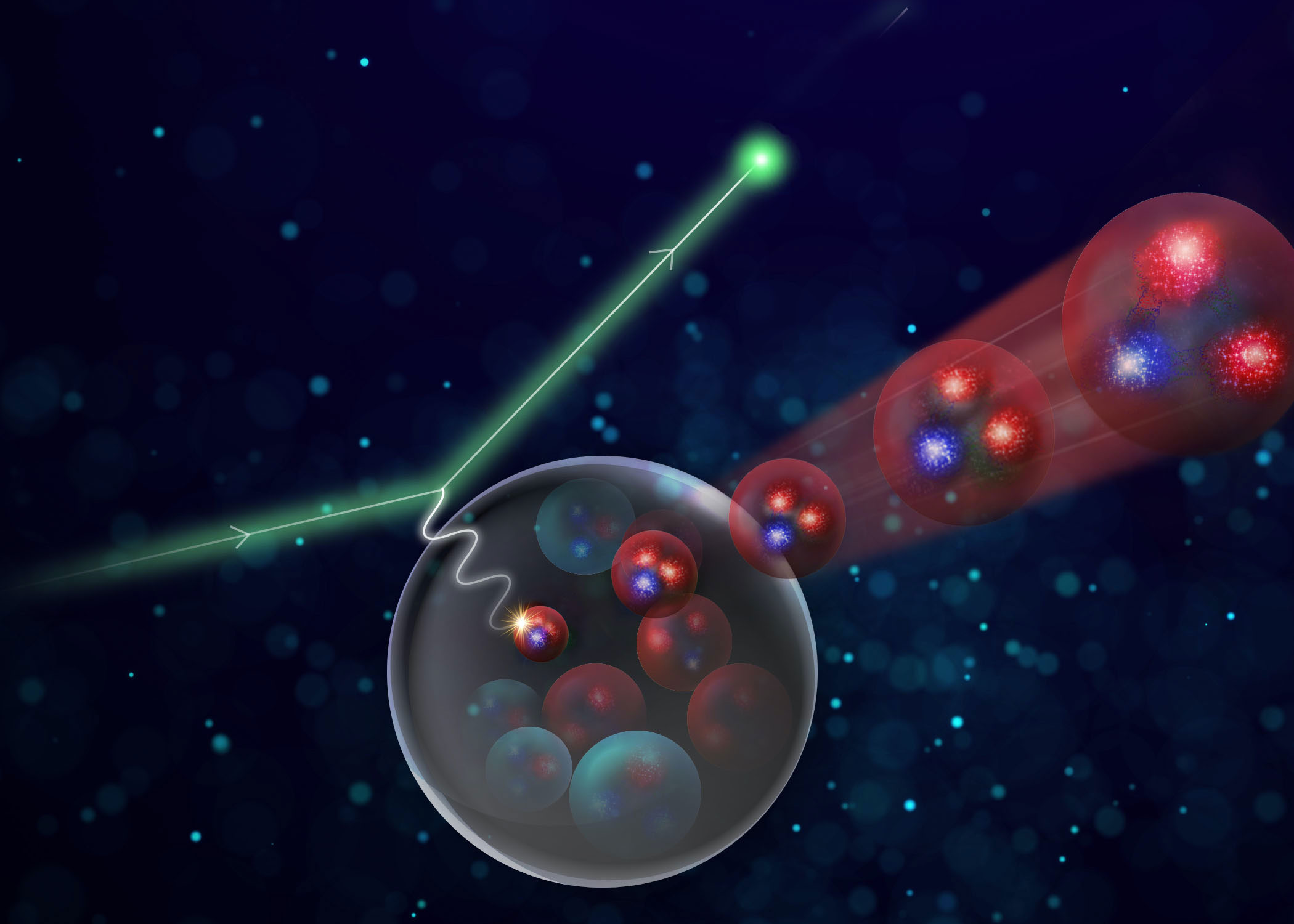
If physicists can find it, color transparency in protons could offer new insight into the particles that build our universe.
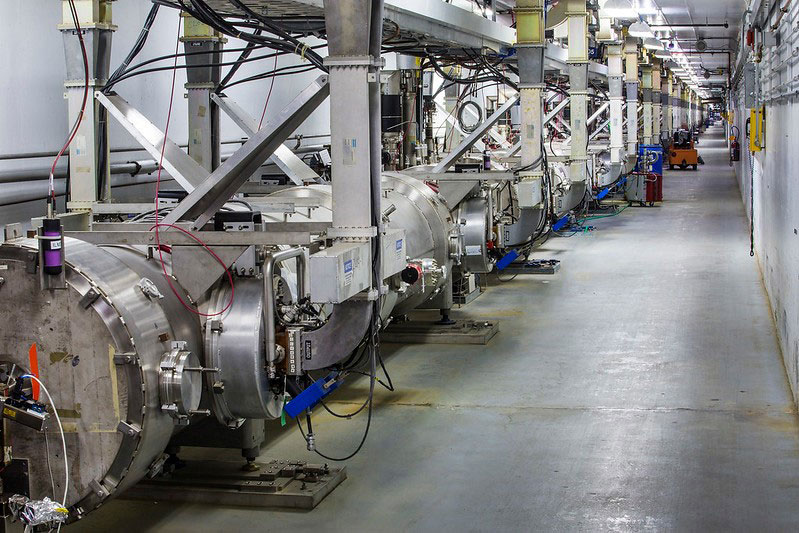
A new machine learning system diagnoses particle accelerator component issues in real-time.
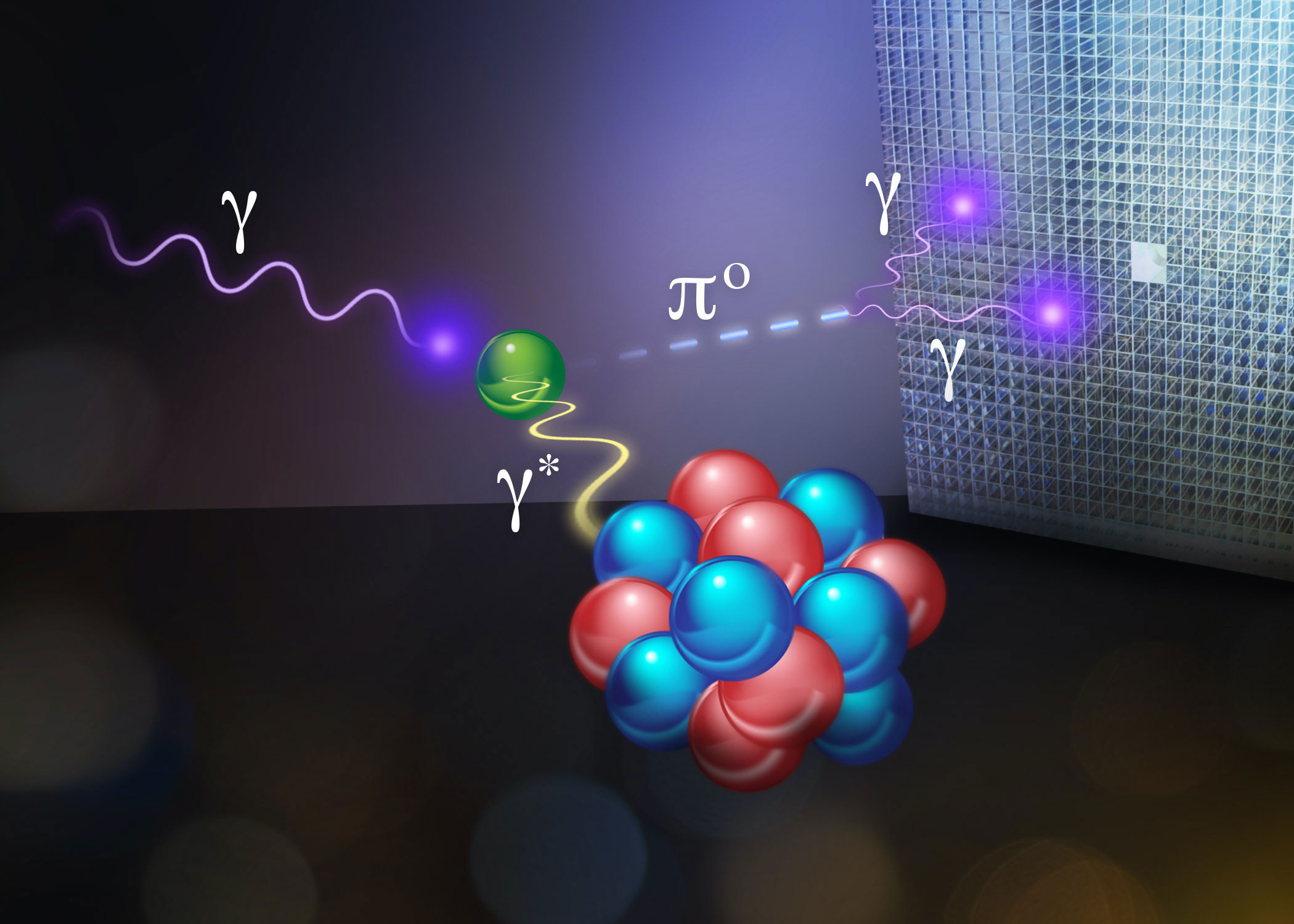
A result 20 years in the making: Most precise measurement yet of the lifetime of the charge-neutral pion that keeps protons and neutrons together.